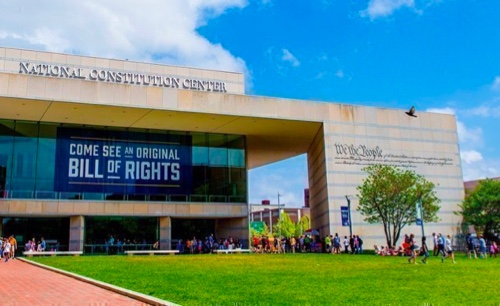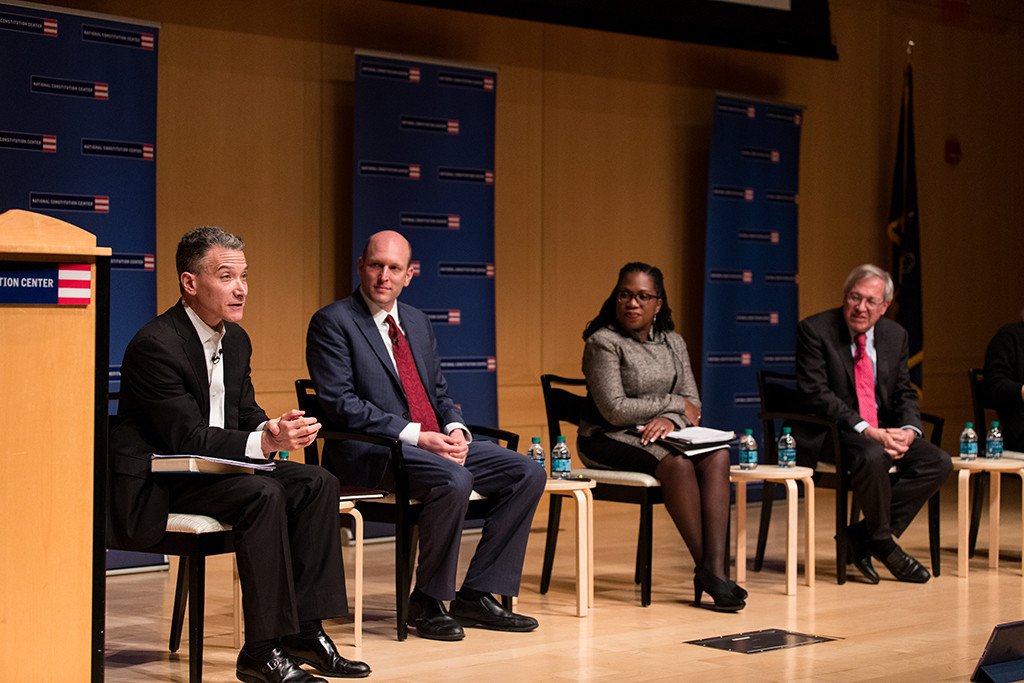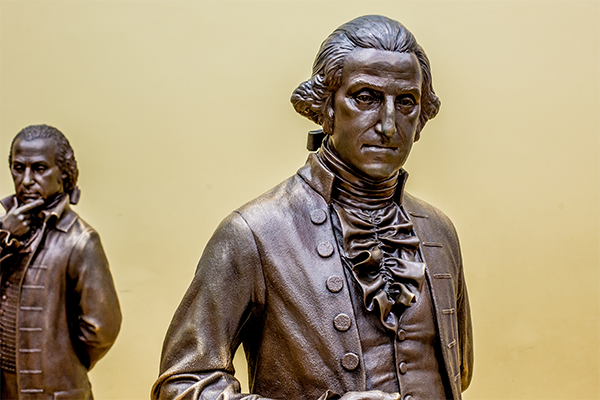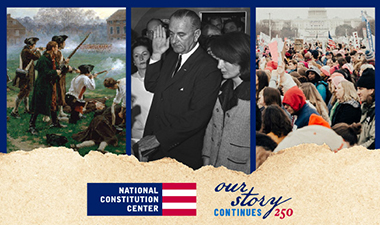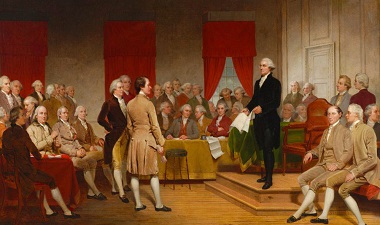Lyle Denniston, the National Constitution Center’s constitutional literacy adviser, looks at a decision by at least four Justices to tackle the constitutional legitimacy of President Obama’s immigration policies.
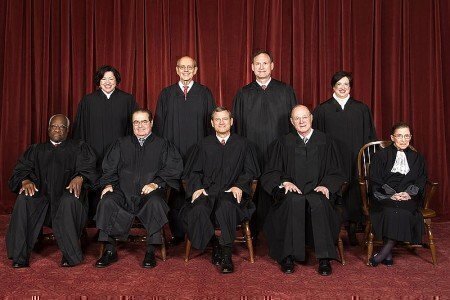 THE STATEMENT AT ISSUE:
THE STATEMENT AT ISSUE:
“The Supreme Court’s decision in United States v. Texas to expand the scope of its review of the case by adding the constitutional question of whether President Obama violated the ‘Take Care’ clause naturally generates great speculation as to why it did so. Regardless of Justice’s motives, however, the choice to do so confirms a continuing boldness on the part of some members of the court to reach and decide constitutional conflicts in controversial cases that could have been resolved on narrower grounds.
– Statement by John Baker, visiting professor at the Georgetown Law Center, reacting to the Supreme Court’s order on Monday granting review of President Obama’s policy to defer deportation of more than 4 million undocumented immigrants.
WE CHECKED THE CONSTITUTION, AND…
A doctrine that traces back to the work of Justice Louis Brandeis in the 1930s advises the Supreme Court that it should not decide a constitutional question if there is another way to resolve a case. The idea is that, short of a difficult-to-get constitutional amendment, there is no other way to undo a constitutional declaration by the court. Thus, such a declaration elevates the result to a nearly unreachable level, and may frustrate the people’s democratic desire to take the matter into their own hands, or the hands of their legislative representatives.
Now and then, the court does not take that advice. There can be a multitude of reasons for the Justices to want to settle a constitutional dispute, although most are never revealed at the time. But criticism frequently comes when they reach out in that way; it can be seen as over-reaching by unelected judges, flexing their judicial muscle unnecessarily.
One of the boldest exercises by the court of its ultimate authority to answer constitutional questions, when it might have stayed out of the fray altogether, was its decision in 2000 to make itself the judge of the constitutional outcome in the presidential election, in the case of Bush v. Gore.
Some observers who followed the court closely in that case tend to understand – though not necessarily to approve – that the court majority decided that it had no choice. Those five Justices appeared to have felt, strongly, that the nation needed an answer, and they saw little prospect of a political settlement in time to get a new president prior to inauguration day. They saw it as a genuine constitutional crisis, and it made no sense to take a risk of leaving the choice unsettled.
It is possible, of course, that a nation so deeply divided by partisan sentiment still has not resigned itself to accepting the legitimacy of Bush v. Gore, or forgiven the court. That is probably overstating the case; at least a good part of the nation probably has chosen to move on.
Has the court now inflicted a new wound on its reputation as a citadel of justice by reaching out to expand its review of President Obama’s broad new immigration policy on delayed deportation of upwards of four million undocumented immigrants? Did it need to add a constitutional question that may seem like a broader threat to the policy?
A recital of the facts may help sort out the implications of the court’s choice to tell the lawyers in the case of United States v. Texas to include in their briefs and oral arguments their answers to a question under Article II of the Constitution: Whether the new policy violates the Take Care Clause?
First, the 26 states that sued to challenge the new deferred deportation policy have been raising that issue from the start of the case.
But, second, in preliminary rulings blocking the new policy temporarily, two lower federal courts chose not to decide anything about the constitutional question. Their decisions were based on federal laws that govern the use of administrative law by government agencies.
Third, in taking the case to the Supreme Court seeking review of the lower court orders, the Obama administration chose to focus only on the administrative law questions, along with the procedural question of whether the states had a right to sue at all; the government’s theory on that point is that the policy does no injury to them at all, so they have no genuine grievance.
Fourth, in urging the court not to hear the case at this point (it has not yet gone to a trial on the merits of the policy’s legality), the challenging states said that, if review were granted, the court should answer their constitutional claim, too
Fifth, the administration then countered with the customary argument that the issue had not been decided in the lower courts and thus should not be examined, in the first instance, by the Justices. Besides, it argued, the constitutional claim did not add anything to the states’ challenge based on federal laws.
The court considered all of this at a private conference last Friday and then disclosed on Tuesday that it was going to hear the government appeal on the federal law questions – plus the added question – as posed by the states – about a claimed violation of the Take Care Clause.
That clause reads this way: “The President shall take care that the laws be faithfully executed.” It is a part of the Constitution that has seldom come up in court cases; when it does, those few cases tend to turn on what it means to “faithfully” execute the laws. That is a sufficiently difficult inquiry that the court should, indeed, try to avoid dealing with it.
It chose otherwise. Its choice raises these issues: Was it trying to show a balance, reviewing what the government wanted but also what the states had put forward? Could it actually decide the overall validity of the policy without settling its constitutionality – an issue that would hang over the policy; Did it want to short-circuit the continuation of the case in the lower courts by wrapping up the dispute altogether by itself?
But it also may suggest these issues: Did some of the Justices, at least, want to make it harder for the government to salvage its policy; Did some of them want to send a signal that the court really does have doubts about the policy’s constitutionality and those doubts are serious enough to break from the usual practice of avoiding such questions; Have some of them actually viewed the policy through a political lens?
Some answers may emerge when the case is argued in April, or when the final decision comes out. Or the court’s motives may remain forever unknown to the public. This is the kind of thing it usually feels no need to explain.
